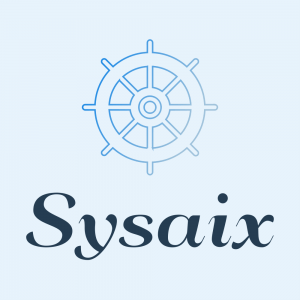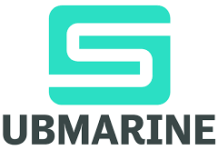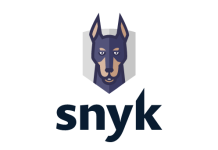
cosign is a command-line utility that allows users to sign and verify container images. It is designed to work with the Container Image Signing specification, which defines a standard way to sign container images and verify their authenticity.
cosign can be used to sign container images with a private key and generate a corresponding signature file. It can also be used to verify the signature of a signed container image using the public key. This allows users to ensure that the container image they are using has not been tampered with or modified in any way.
cosign is typically used in conjunction with container registry services, such as Docker Hub or Quay, which support the Container Image Signing specification. It can also be used with container orchestrators, such as Kubernetes, to enable image signing and verification as part of the deployment process.
Here are some common cosign commands and their arguments:
Signing a container image
To sign a container image, you can use the sign command and specify the following arguments:
--key: The path to the private key file that will be used to sign the image.--signature: The path to the signature file that will be generated bycosign.--input: The path to the container image that you want to sign.
For example, the following command will sign a container image located at /path/to/image.tar using a private key file located at /path/to/key.pem, and generate a signature file at /path/to/signature.sig:
cosign sign --key /path/to/key.pem --signature /path/to/signature.sig --input/path/to/image.tarVerifying a signed container image
To verify the signature of a signed container image, you can use the verify command and specify the following arguments:
--key: The path to the public key file that will be used to verify the signature.--signature: The path to the signature file that was generated when the image was signed.--input: The path to the signed container image that you want to verify.
For example, the following command will verify the signature of a signed container image located at /path/to/signed_image.tar using a public key file located at /path/to/key.pub and a signature file located at /path/to/signature.sig:
cosign verify --key /path/to/key.pub --signature /path/to/signature.sig --input /path/to/signed_image.tarExtracting a signed manifest from a container image
To extract the signed manifest from a signed container image, you can use the extract command and specify the following arguments:
--input: The path to the signed container image from which you want to extract the signed manifest.--output: The path to the file where the signed manifest will be written.
For example, the following command will extract the signed manifest from a signed container image located at /path/to/signed_image.tar and write it to a file located at /path/to/signed_manifest.json:
cosign extract --input /path/to/signed_image.tar --output /path/to/signed_manifest.jsonHere is one more example of using the cosign tool to sign and verify a container image:
# Generate a private key and public key pair
openssl genrsa -out private.pem 2048
openssl rsa -in private.pem -outform PEM -pubout -out public.pem
# Sign a container image using the private key
cosign sign --key private.pem --signature signature.sig --input image.tar
# Verify the signature of the signed container image using the public key
cosign verify --key public.pem --signature signature.sig --input signed_image.tar
Container image signing is a popular and important security practice for a number of reasons:
- Tampering prevention: Container image signing allows users to verify the integrity of a container image and ensure that it has not been tampered with or modified in any way. This can help to prevent attackers from injecting malicious code into container images or making unauthorized changes to them.
- Supply chain security: Container image signing allows users to trace the origin of a container image and verify that it has not been modified as it moves through the supply chain. This can help to ensure that container images are only deployed in environments where they are known to be safe and secure.
- Compliance: Container image signing can be used to meet regulatory and compliance requirements, such as those related to the handling of sensitive data or the deployment of software in critical environments.
Overall, container image signing is an important security practice that helps to ensure the integrity and security of containerized applications. It is particularly important in environments where container images are deployed at scale, such as in production environments or in large organizations.
There are several other tools that can be used for signing and verifying container images, in addition to cosign. Some examples include:
notary:notaryis a tool developed by Docker that can be used to sign and verify container images. It is designed to work with Docker’s container registry service, Docker Hub, and can be used to sign and verify images hosted on that platform.skopeo:skopeois a tool developed by Red Hat that can be used to sign and verify container images. It is designed to work with multiple container registry services, including Docker Hub and Quay, and supports the Container Image Signing specification.oci-sign:oci-signis a tool developed by the Open Container Initiative (OCI) that can be used to sign and verify container images. It is designed to work with the OCI Image Format specification and supports signing and verification of images stored in OCI-compliant container registries.
These are just a few examples of tools that can be used for signing and verifying container images. There are many other options available, each with their own unique features and capabilities. It is important to carefully evaluate the needs of your organization and choose a tool that meets your specific requirements.







